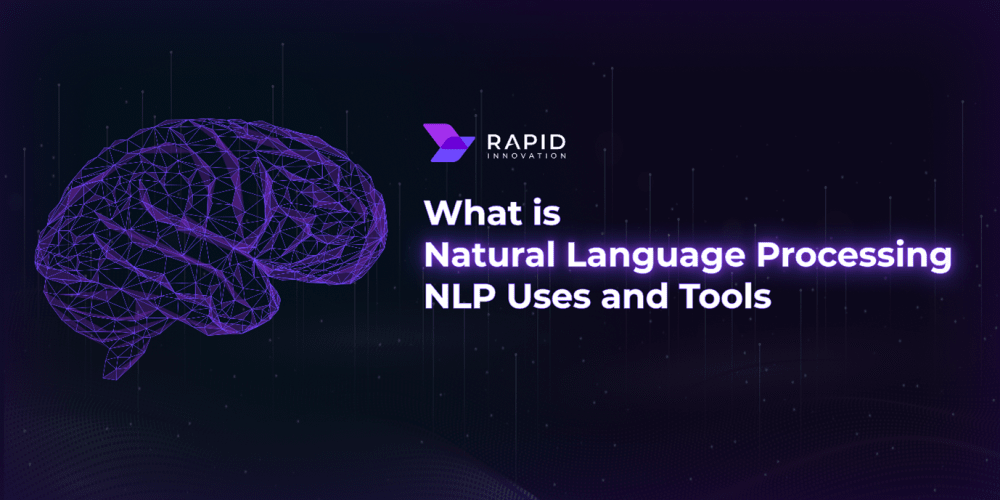This is a Plain English Papers summary of a research paper called GPT-4 passes most of the 297 written Polish Board Certification Examinations. If you like these kinds of analysis, you should subscribe to the AImodels.fyi newsletter or follow me on Twitter.
Overview
- Recent advancements in Large Language Models (LLMs) have significantly improved their capabilities, enabling their use in various applications.
- However, the risks of generating false information through LLMs limit their applications in sensitive areas like healthcare, underscoring the need for rigorous validation.
- This study extensively evaluated the performance of three Generative Pretrained Transformer (GPT) models on the Polish Board Certification Exam (PES) dataset, a large dataset of 297 medical exams.
Plain English Explanation
Large Language Models (LLMs) are a type of artificial intelligence that can generate human-like text. They have become increasingly capable in recent years, allowing them to be used in a wide range of applications. However, there is a concern that these models could be used to create false information, which could be particularly problematic in sensitive areas like healthcare.
To address this issue, the researchers in this study tested the performance of three different GPT models, a type of LLM, on a large dataset of Polish medical exams. The dataset, called the Polish Board Certification Exam (PES), consists of 297 exams covering a variety of medical specialties. The researchers wanted to see how well these AI models could perform on these challenging medical tests.
Technical Explanation
The researchers developed a software program to download and process the PES exam dataset. They then used the OpenAI API to test the performance of three different GPT models: GPT-3.5, GPT-4, and the most recent GPT-4-0125.
The results showed that the GPT-3.5 model was unable to pass any of the exams. In contrast, the GPT-4 models demonstrated a much stronger performance, with the latest GPT-4-0125 model successfully passing 222 (75%) of the 297 exams.
However, the performance of the GPT models varied significantly across different medical specialties. While they excelled in some exam areas, they completely failed in others.
Critical Analysis
The research highlights the impressive progress made in LLM models, such as GPT-4, which can outperform experts in certain tasks. This advancement could potentially lead to the development of AI-based medical assistants that could enhance the efficiency and accuracy of healthcare services in Poland.
At the same time, the significant variation in performance across different medical specialties suggests that these models may not be reliable or accurate enough to be used in high-stakes healthcare settings without further validation and safeguards. The researchers note that the risks of generating false information through LLMs still need to be addressed before these models can be widely deployed in sensitive domains like medicine.
Additionally, the study is limited to the Polish medical exam dataset, and it's unclear how well the GPT models would perform on medical exams in other languages or contexts. Expanding the analysis to a more diverse set of medical datasets could provide a more comprehensive understanding of the capabilities and limitations of these models.
Conclusion
This study demonstrates the significant progress made in LLM models, such as GPT-4, which can now pass the majority of Polish medical board exams. This advancement holds great promise for the increased application of AI in the field of medicine in Poland, potentially leading to the development of AI-based medical assistants that could enhance the efficiency and accuracy of healthcare services.
However, the study also highlights the need for continued validation and safeguards to ensure the reliability and accuracy of these models, particularly in sensitive domains like healthcare. Further research is needed to understand the full capabilities and limitations of LLMs across different medical specialties and languages.
If you enjoyed this summary, consider subscribing to the AImodels.fyi newsletter or following me on Twitter for more AI and machine learning content.


















